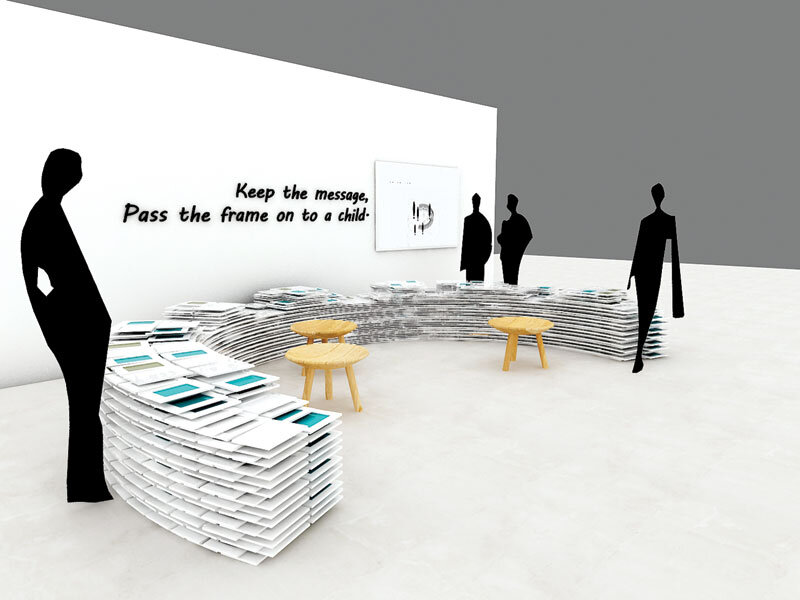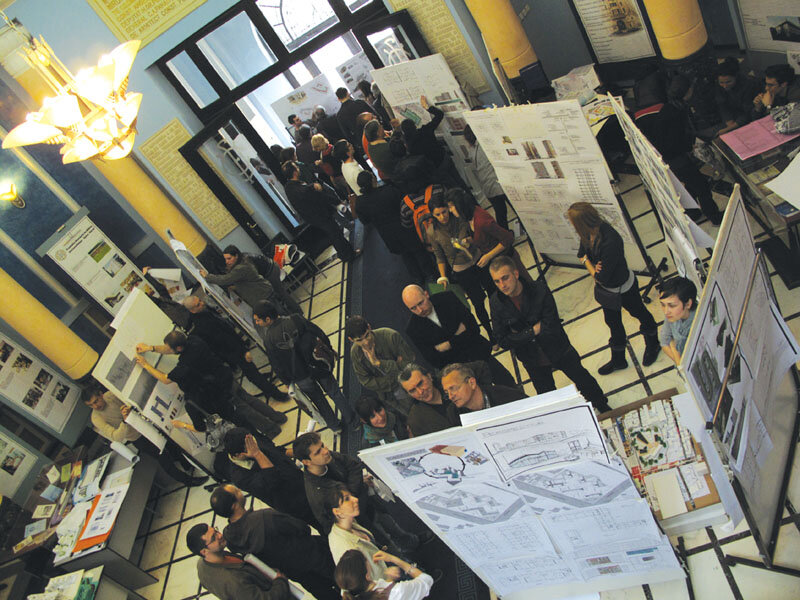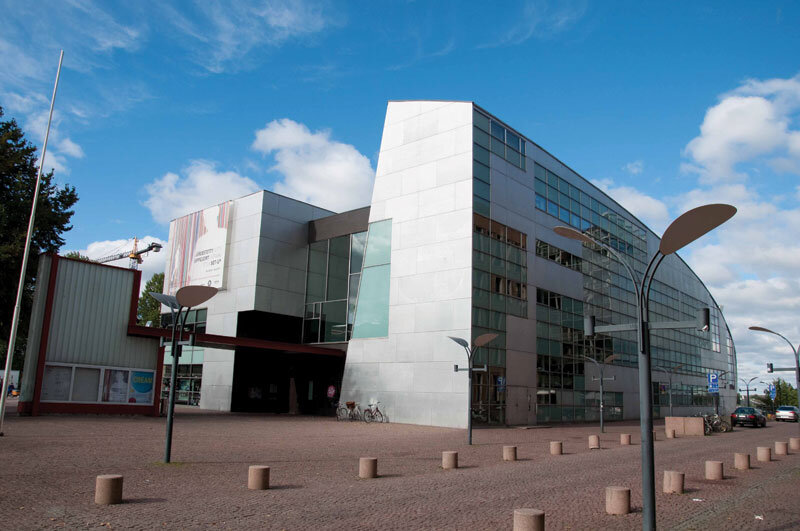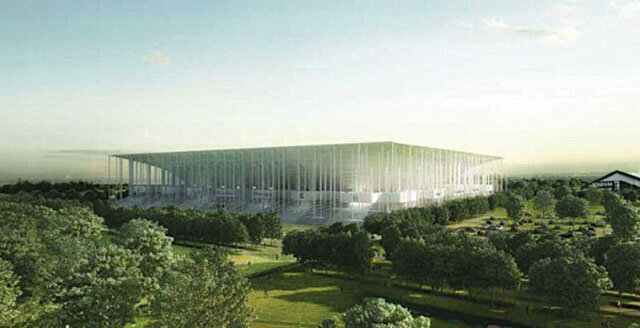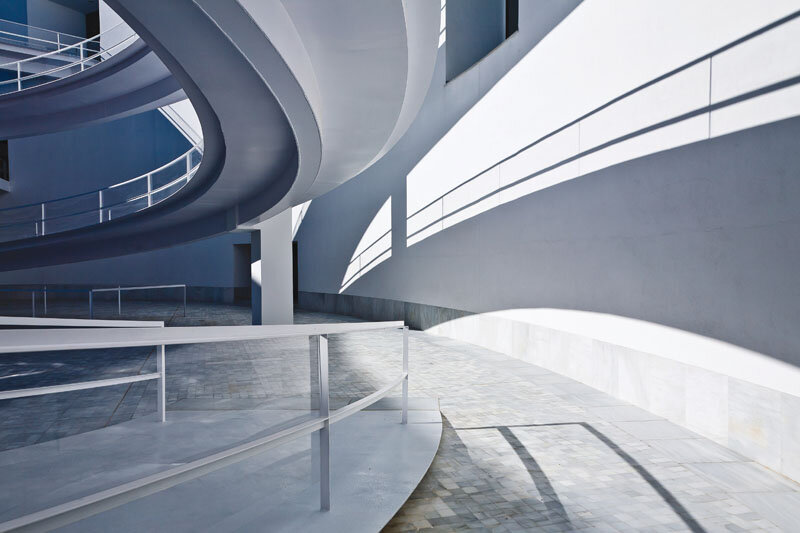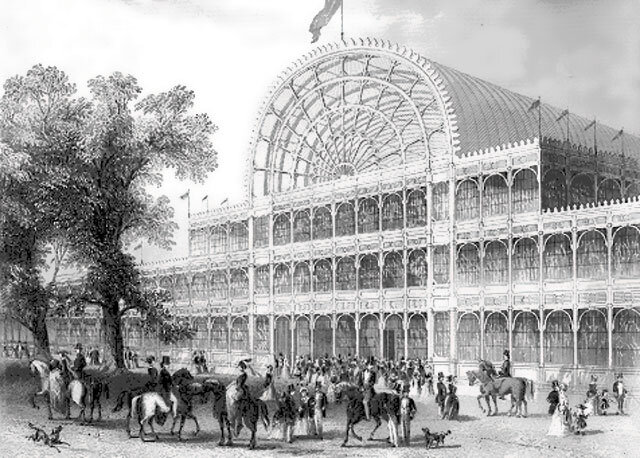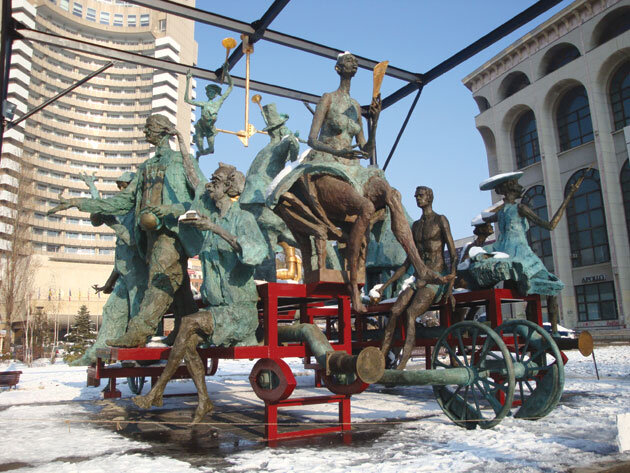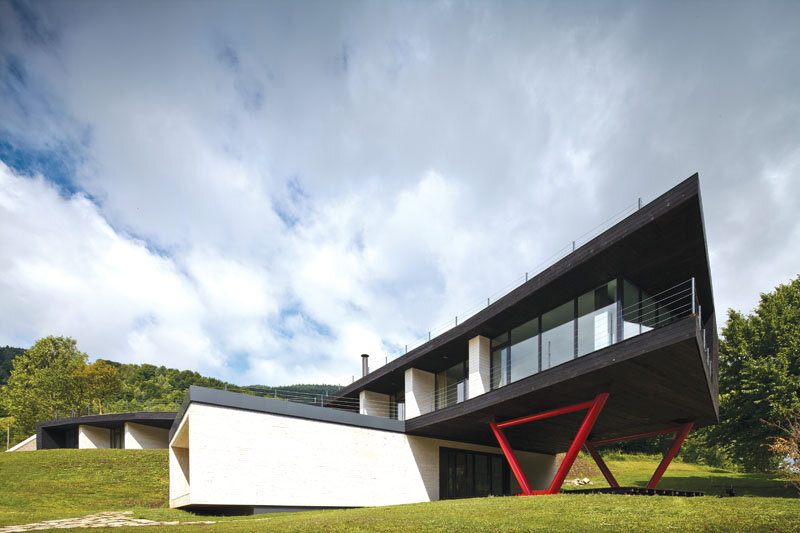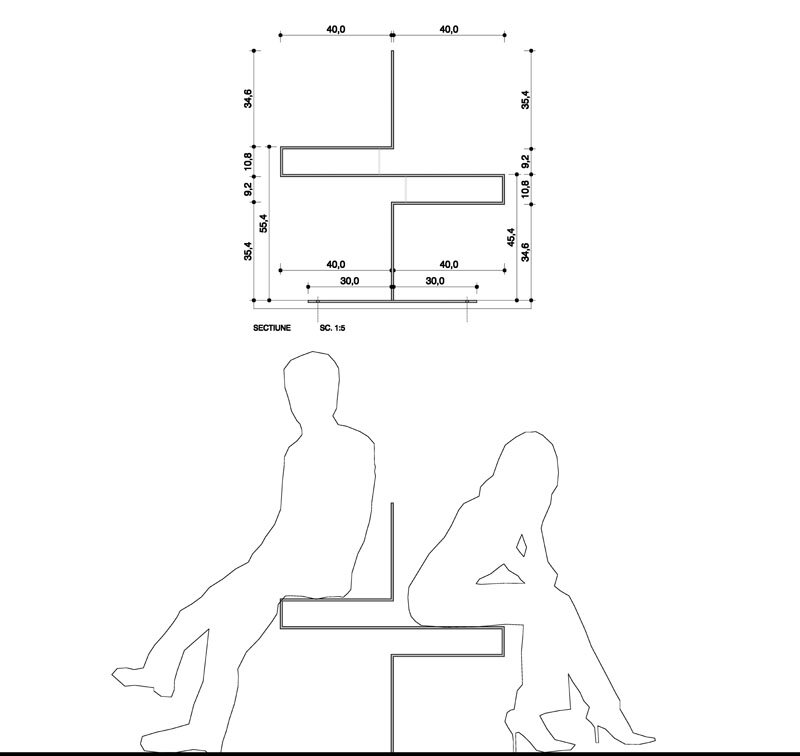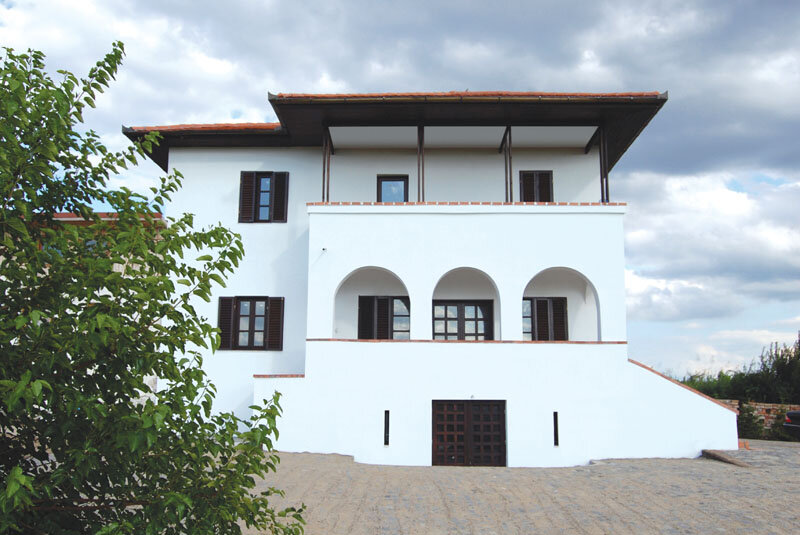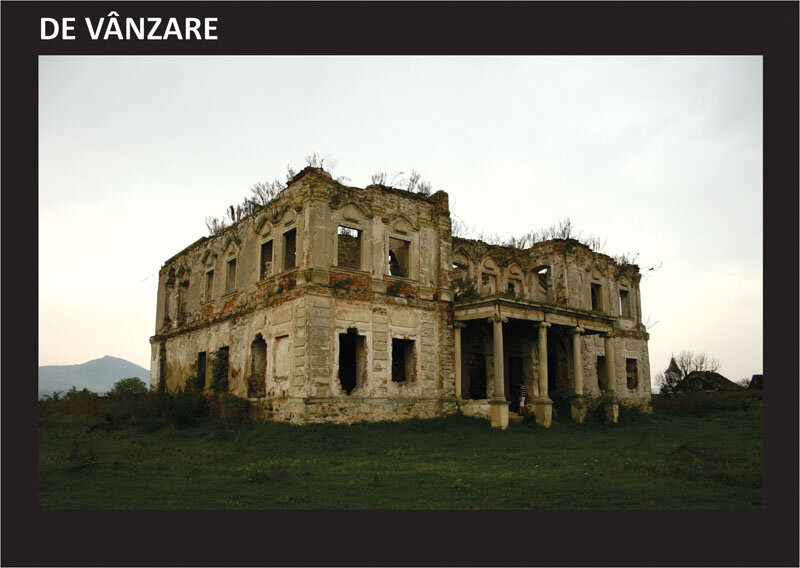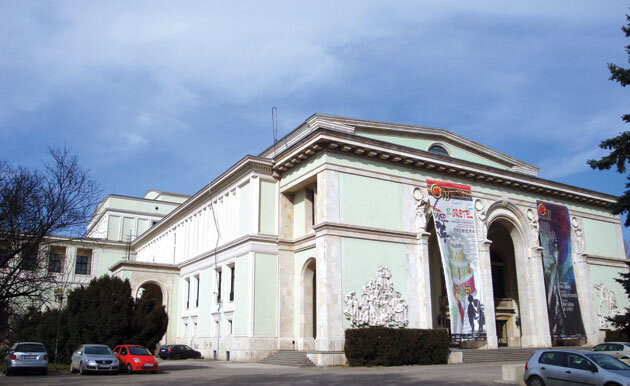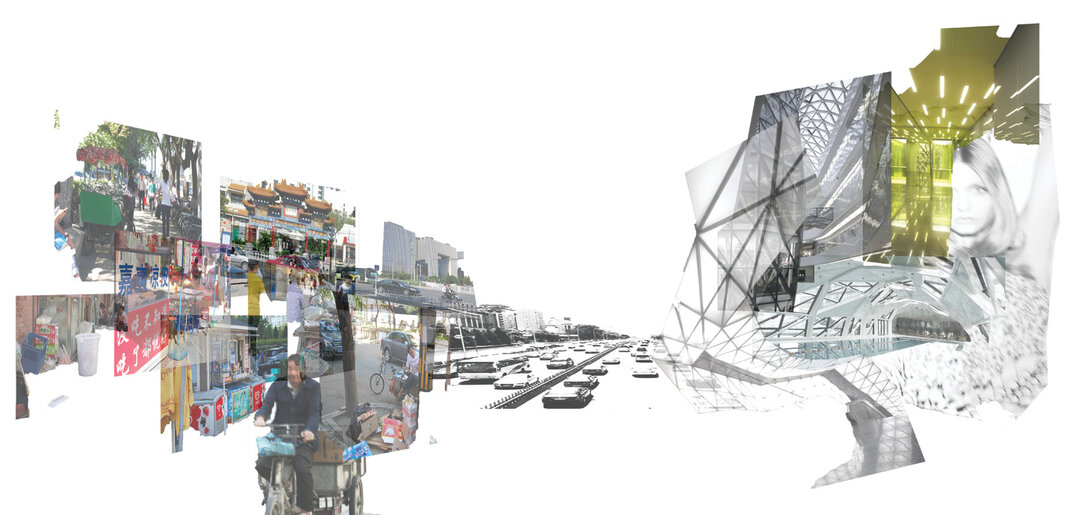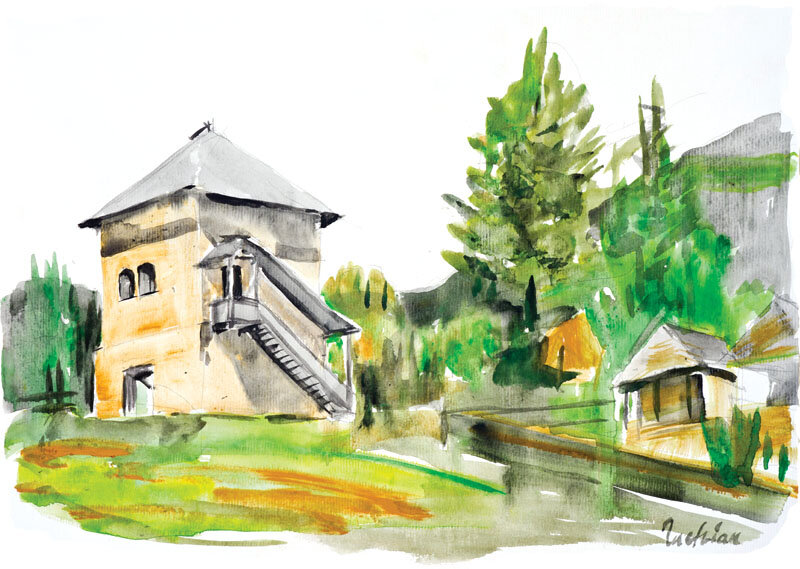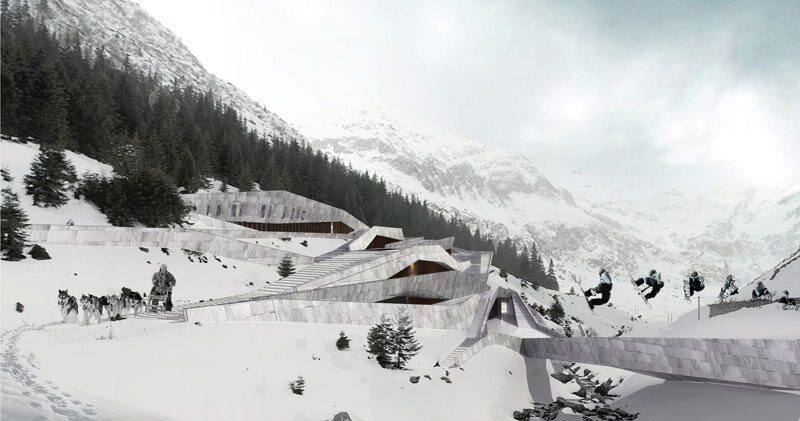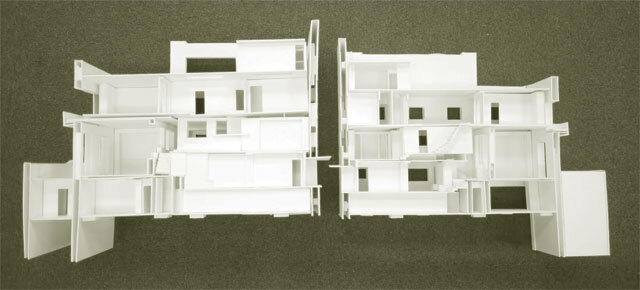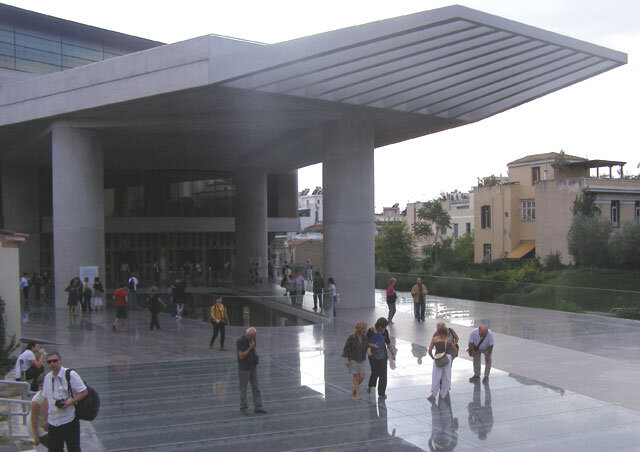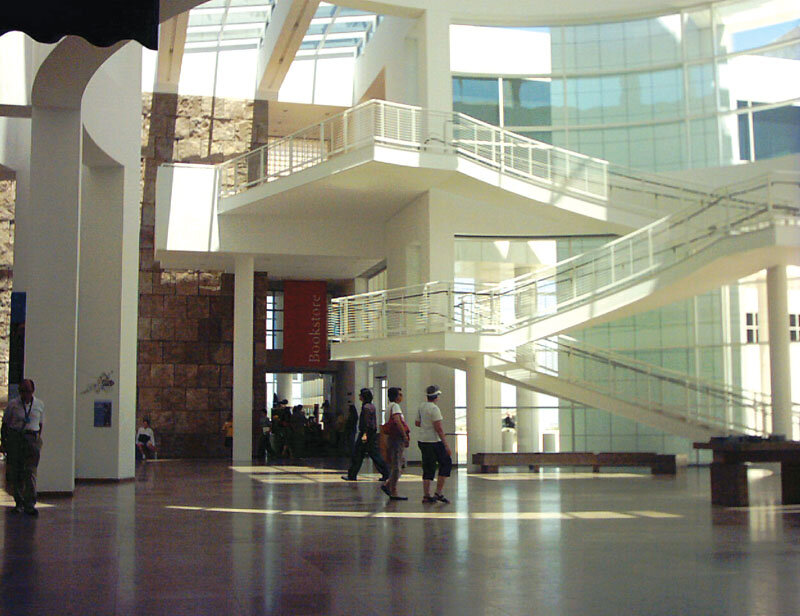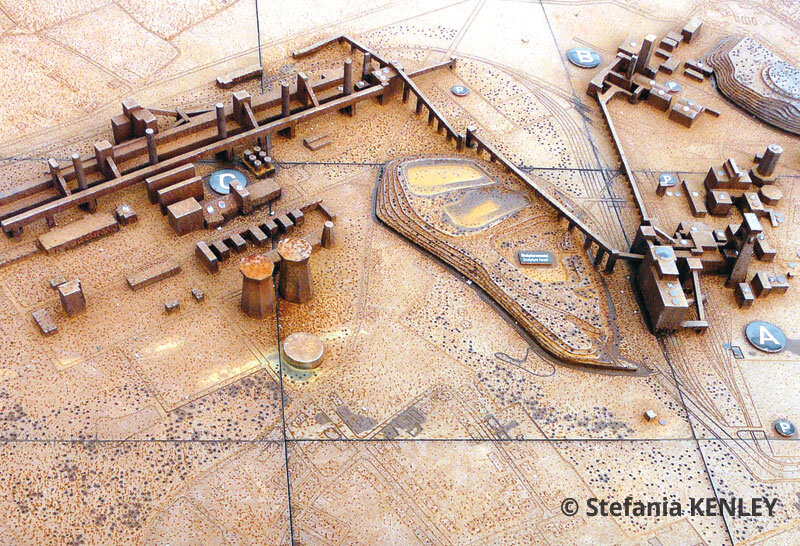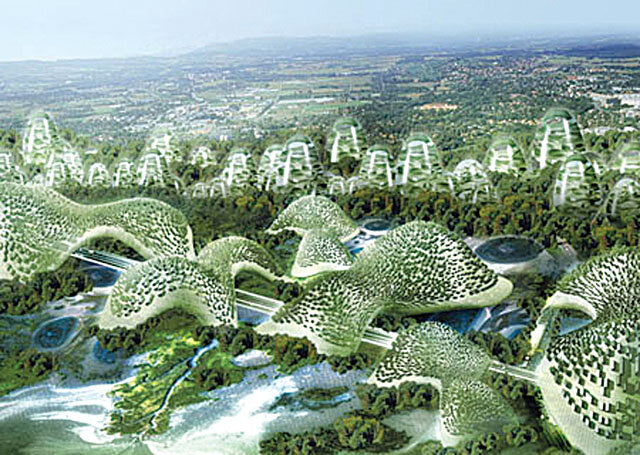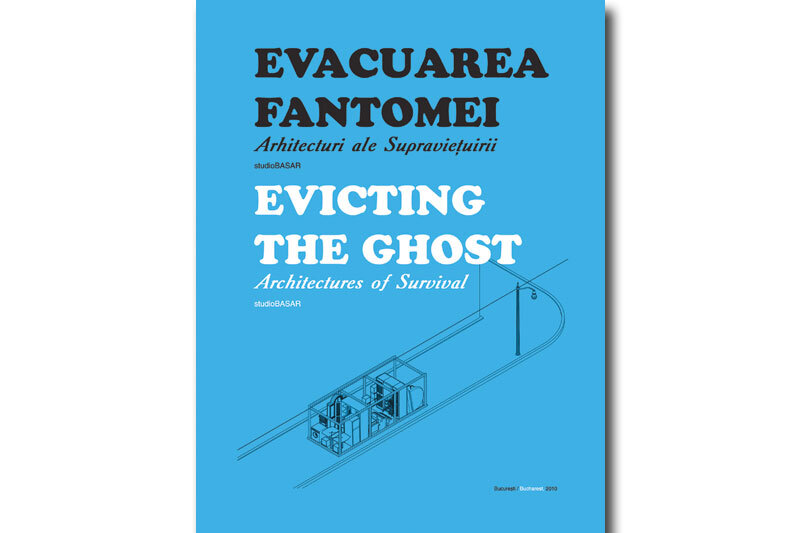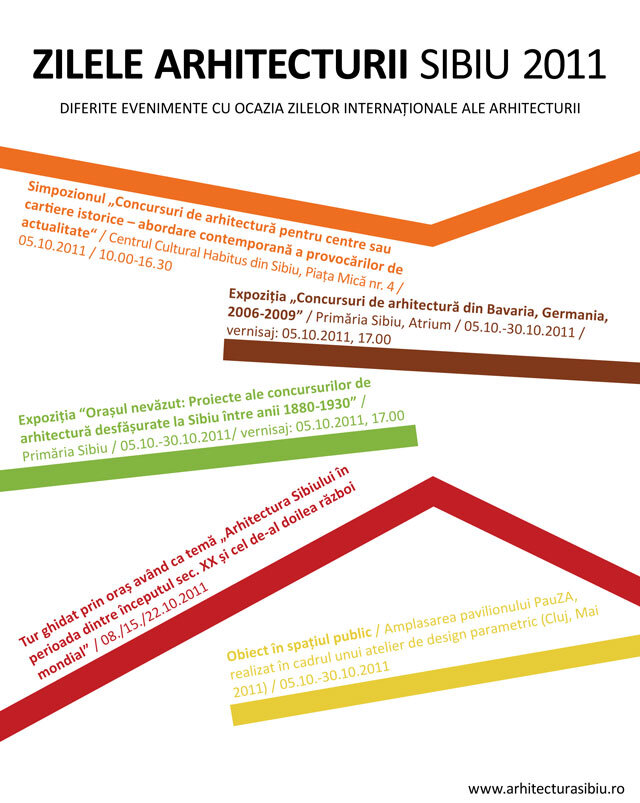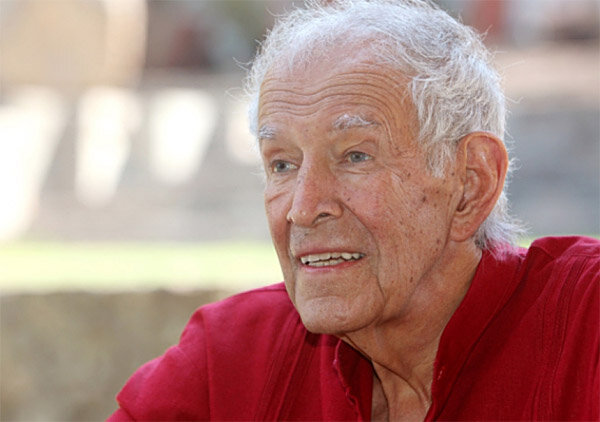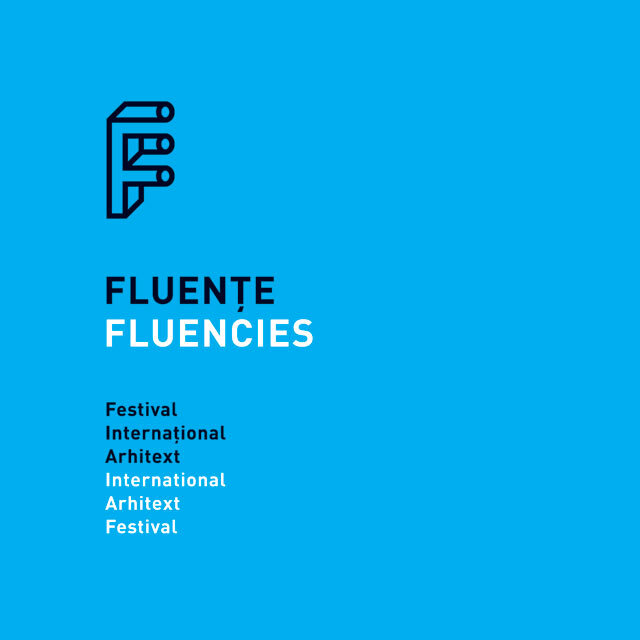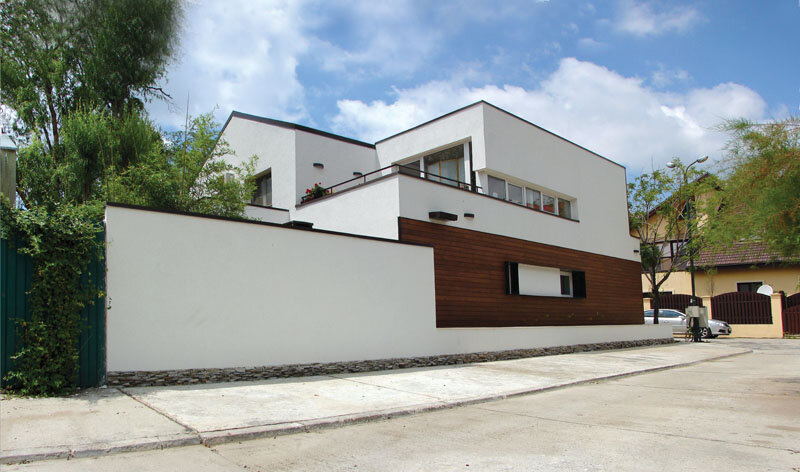
Building transparencies

Built transparencies
| How transparent is the urban environment, the city or the built landscape?How transparent is the structure of a city's image or how transparent is the material from which it is "made"? How transparent are the building's meanings, the messages it contains or the nature of the urban organism? |
| Breaking all these questions down into their primary elements in order to find out their meanings and the manner of their fabrication, the unity of the idea of space seems essential in the composition of urban mass, image and structure.Whether it is a corner of an image, a digitized pixel or a plot of land, or perhaps... a brick, unity generates the macrospatial forms of the city organism, typologies n defined by the combinations that mathematics finds at its boundary with art.The unit of identity is the core of the concept, the fullness or the emptiness of space, depending on the valences it attributes to itself with regard to the algorithmic relations of surface, extrusion or edification. The density of the units can lead us to the idea of a specific homogeneity of the environment, a permissiveness or porosity, in the sense of the possibility of transfer of the environment in question. The way in which the built space is made up can be considered similar: a mass that can be broken down primarily into pluralities and voids, into masses and holes or into units of volume and horizontal zonal area, which in turn can be divided into sub-units, down to the smallest building unit: the brick and the identity plot. Considered macrosystemically, the urban environment can be a structure defined in terms of homogeneity and transferability; open spaces play an essential role, as do the elements, which can in turn become transferable or interchangeable units, mobile or mimicking external actions. In other words, we can consider the urban organism as a network of fullnesses and voids, constructed, semantic or virtual, through which external waves of influence can be transmitted in a certain intensity. The brick of the space can be considered in this case as the basic unit, solid and non-permissive, but also as a permissive element by forming a constant homogeneity of the generated environment, thus responding in solidarity to possible manifest actions. |
| Read the full text in issue 4 / 2011 of Arhitectura. |
| How transparent is the urban environment, the city or the built landscape? How transparent is the structure of a city's image or the matter of which it is "made"? How transparent are the meanings of construction, the messages contained or the nature of the city organism? |
| If we decompose all these questions into primary elements to discover their meanings and manner of organization, we discover that the idea of space unit seems essential in the makeup of urban mass, image and structure.Whether it is a portion of an image, a digitalized pixel or a plot of land or perhaps a piece of brick, it is the unit that generates the macro-spatial forms of the city organism, n typologies defined by the combinations found by mathematics when bordering on art. The identity-generating unit is the core of the concept, what renders the space full or void, depending on the qualities it takes on in relation to the algorithmic relations of surface, extrusion or construction. The density of the units can make us think of a specific homogeneity of the environment, of permissiveness or porosity, in the sense of the possibility of transfer of that environment. The makeup of the built space may be considered in a similar manner: a mass susceptible of being decomposed into full spaces and void spaces, into masses and gaps, or into volume units and horizontal zonal surface; these, in their turn, can be divided into subunits, down to the smallest construction unit: the piece of brick and the identity-generating parcel. On a macro-systemic scale, the urban environment may be a structure defined in terms of homogeneity and transfer; vacant spaces play a key role, just like the elements which can become, in their turn, transferable or interchangeable units, mobile or mimetic of external actions. In other words, we can consider the urban organism a network of full and void spaces, constructed, semantic or virtual, through which external waves of influence can be transmitted at a certain intensity. The brick of the space may also be considered to be, in this case, the basic, solid unit, which is non-permissive, as well as permissive, because it creates the constant homogeneity of the generated environment, and thus gives a unified response to possible actions. |
| Read the full text in the print magazine. |
Marina MIHĂILĂ - Architect and founding partner of Arhitectonik 2000 SRL, architecture, urbanism and project management office and lecturer at the Faculty of Architecture of UAUIM Bucharest.
Professional website: www.architectasartist.wordpress.com
Architect, urbanism, design projects: www.arhitectonik.wordpress.com





